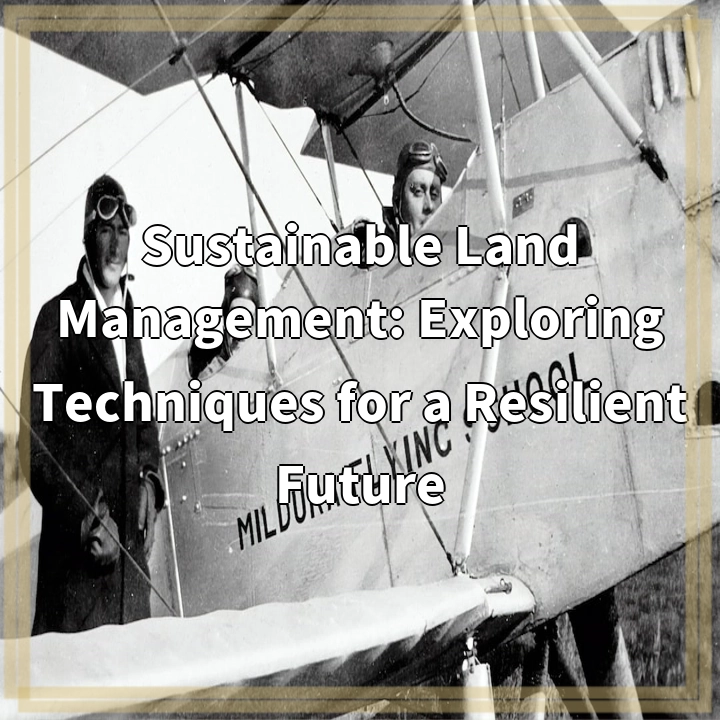
What is Sustainable Land Management?
Sustainable Land Management (SLM) refers to a set of practices and approaches that aim to use and manage land resources in a way that ensures long-term environmental, social, and economic sustainability. It involves utilizing land resources in a manner that meets the needs of the present generation without compromising the ability of future generations to meet their own needs.
Sustainable land management takes into account the intricate connections between ecosystems, human activities, and the well-being of communities. It aims to maintain the productive capacity of the land, enhance resilience to climate change, protect ecosystems and biodiversity, and promote sustainable livelihoods for local communities.
Real-world Problems Associated with Sustainable Land Management:
1. Land Degradation
Land degradation is one of the most pressing challenges affecting sustainable land management. It refers to the deterioration of land resources, including soil erosion, desertification, deforestation, and loss of biodiversity. Unsustainable agricultural practices, overexploitation of natural resources, and urbanization are major contributors to land degradation.
2. Climate Change
Climate change poses significant challenges to sustainable land management. Rising temperatures, changing precipitation patterns, and more frequent extreme weather events impact agricultural productivity, water availability, and ecosystem health. Sustainable land management practices need to adapt to these changes and mitigate their effects.
3. Food Security
Sustainable land management plays a crucial role in ensuring food security. With a growing population, increasing demands for food production, and limited arable land, it is essential to implement practices that optimize agricultural productivity, minimize waste, and protect natural resources. Lack of sustainable land management can lead to food shortages and food insecurity.
4. Land Use Conflicts
In many regions, competing demands for land use create conflicts and challenges for sustainable land management. Conflicting interests between agriculture, forestry, urban expansion, and conservation can lead to improper land use and resource depletion. Finding solutions that balance different land uses and prioritize sustainable practices is essential.

Solutions for Sustainable Land Management:
1. Implementing Sustainable Agriculture Practices
By adopting sustainable agriculture practices such as organic farming, agroforestry, and integrated pest management, we can reduce the negative impacts of conventional farming methods on land. These practices promote soil health, biodiversity conservation, and efficient use of water resources.
2. Restoring and Rehabilitating Degraded Land
Efforts should be made to restore degraded land through techniques like reforestation, afforestation, and soil erosion control measures. Restoring ecosystems and improving land productivity can help mitigate land degradation and its consequences.
3. Climate-Smart Land Management
Applying climate-smart land management techniques involves integrating climate change adaptation and mitigation strategies into land use planning. These can include sustainable water management, conservation agriculture, and renewable energy adoption to reduce GHG emissions and build resilience against climate change impacts.
4. Enhanced Land Governance and Planning
Improving land governance and planning processes can help address conflicts and ensure sustainable land use. This involves implementing effective land use policies, land tenure systems, and participatory approaches to balance different land use demands and promote equitable resource allocation.
5. Promoting Sustainable Land Use Practices
Encouraging sustainable land use practices such as sustainable forest management, land restoration, and conservation practices can help protect biodiversity and ecosystem services while meeting human needs. Collaboration between stakeholders, education, and awareness-raising campaigns play crucial roles in promoting sustainable land use.















